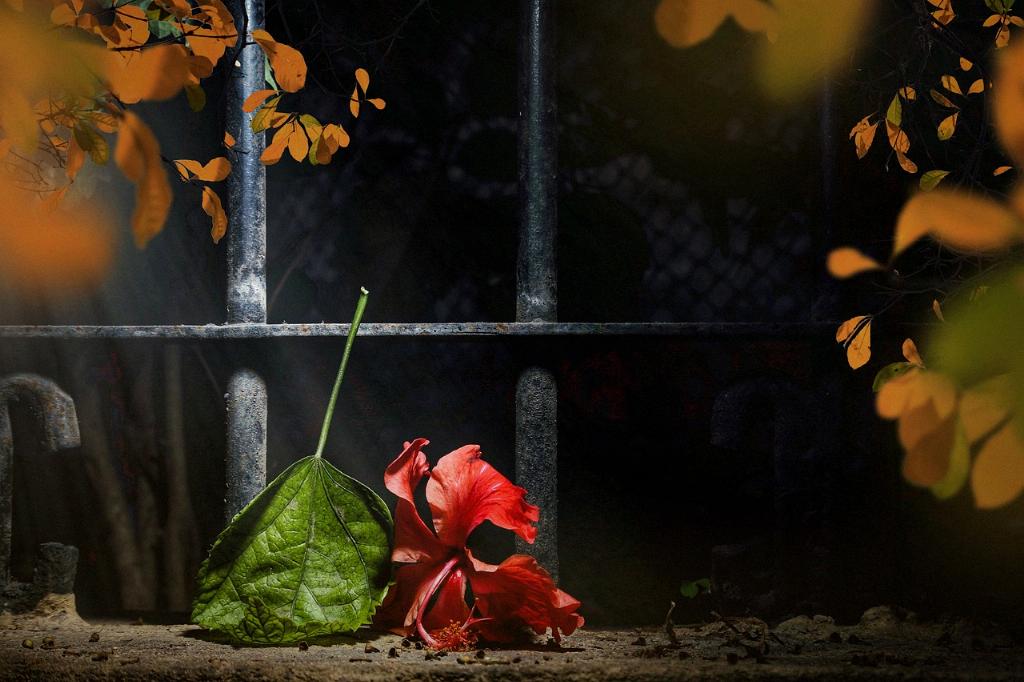There are several possible reasons why your hibiscus plant leaves may be turning yellow, but one of the most common causes is related to its water intake. Over- or under-watering your hibiscus can lead to stress on the plant, resulting in yellowing leaves. Proper watering is essential for the health of your hibiscus, so it’s crucial to strike the right balance.
According to Cate Singleton, the director of design at Tilly, an online landscape design company, excessive water can cause the roots of your hibiscus plant to become waterlogged, leading to root rot. On the other hand, insufficient water can result in dehydration and nutrient deficiencies, manifesting as yellowing leaves. Finding the ideal watering routine for your hibiscus is key to preventing leaf discoloration.
In addition to water-related issues, yellowing hibiscus leaves can also be a sign of nutrient deficiencies. Lack of essential minerals like nitrogen, iron, or magnesium can impact the plant’s ability to photosynthesize properly, causing its leaves to turn yellow. Ensuring that your hibiscus is receiving adequate nutrients through fertilization is essential for its overall health.
Pests can also be a culprit behind yellowing hibiscus leaves. Common invaders like whiteflies, aphids, or spider mites can sap the plant’s nutrients and weaken its defenses, leading to discoloration and other signs of distress. Regular inspections of your hibiscus for any signs of pest infestations can help you tackle the issue early on.
Environmental factors such as temperature and humidity can also play a role in the yellowing of hibiscus leaves. Sudden temperature fluctuations, exposure to drafts, or placing the plant in direct sunlight for extended periods can stress the hibiscus, causing its leaves to turn yellow. Maintaining a stable and suitable environment for your plant is crucial for its well-being.
Furthermore, improper soil conditions can contribute to the yellowing of hibiscus leaves. Poorly draining soil can lead to waterlogging, while compacted or nutrient-deficient soil can hinder root development and nutrient uptake. Ensuring that your hibiscus is planted in well-draining, nutrient-rich soil can help prevent leaf discoloration.
It’s important to consider the overall health of your hibiscus plant when troubleshooting yellowing leaves. Stress from pruning, transplanting, or repotting can also cause temporary yellowing until the plant adjusts to its new conditions. Patience and proper care during these times are essential for the plant’s recovery.
Proper pruning and grooming practices can also impact the health of your hibiscus. Removing dead or diseased leaves, as well as promoting airflow within the plant, can help prevent issues like fungal diseases which can manifest as yellow spots on the leaves. Regular maintenance is key to keeping your hibiscus healthy.
If you suspect that your hibiscus is suffering from a more serious issue like a disease or pest infestation, it’s advisable to seek professional help from a horticulturist or plant specialist. Identifying and treating the underlying cause promptly can prevent further damage to your hibiscus and help it regain its vibrancy.
Remember that each hibiscus plant is unique, so it may take some trial and error to determine the exact cause of the yellowing leaves. By observing your plant closely, making adjustments to its care routine, and seeking guidance when needed, you can help your hibiscus thrive and maintain its lush green foliage.

